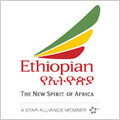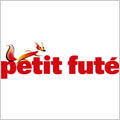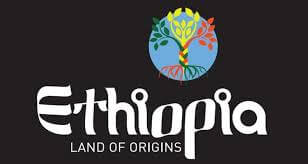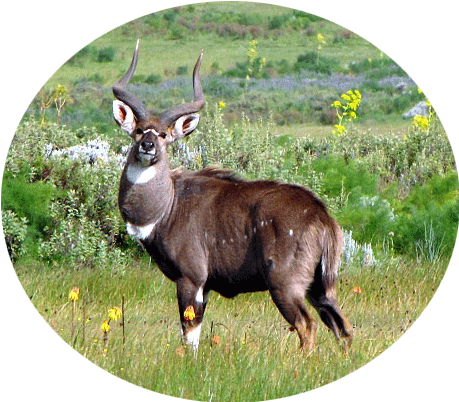Ethiopia tour and travel packages
We organize group and individual tours to all destinations in Ethiopia and beyond.
Short Tours
Easygo Ethiopia Tours & Travel offers a variety of short tours from Addis Ababa for those of you who would like to associate themselves a bit more to this unique land & its people, while in transit or being in Addis for a sojourn....
Historic Route
There are four classic destinations along the “Historic North Route” that can be visited along with adjacent sites: Bahir Dar, Gondar, Lalibela & Axum. Each destination can be taken separately or in combination....
Beaten Track
Tours that are customary on the beaten track of the fabled ‘Historic Route’
Ethno-cultural tours of the Omo Valley, trekking either in the Simien or the Bale Mountains....
Extension Services
Upon request, we will provide you tour extension programs to our neighboring countries:
Djibouti, Somaliland, Seychelles, Kenya, Uganda, Tanzania, the Sudan and South Sudan...
Your Easygo Ethiopia Experience
Are you initiated to take a tour that would allow you to spend some portion of your big life in a culture that can reward you with completing your memory and place in your life?

Your Best Choice
Easygo Ethiopia Tours & Travel is then your best choice to get your dream come true.
With us, your tour will not only enable you to see people, places, but above all, you will be able mix with exotic cultures and to live the vibrant life of each entity, however short or limited your available time may be
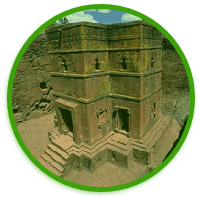
Diversified Offers
Tours that are customary on the beaten track of the fabled ‘Historic Route’, ethno-cultural tours of the Omo Valley, trekking either in the Simien or the Bale Mountains, and short excursions from Addis Ababa can be organized to meet your personal taste and preferred budget. Your tour of neighboring countries will also be accommodated…..
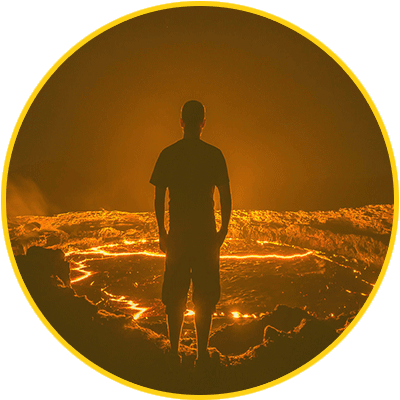
Custom Offers
Please let us know your special interest and given time – your package will be tailor-made ready by us. Easygo Ethiopia Tours & Travel handles all individual, small group tours, ground or areal filming, birding, scientific expeditions, paragliding, motorcycle tours, cycling tours and other special interest tours…..
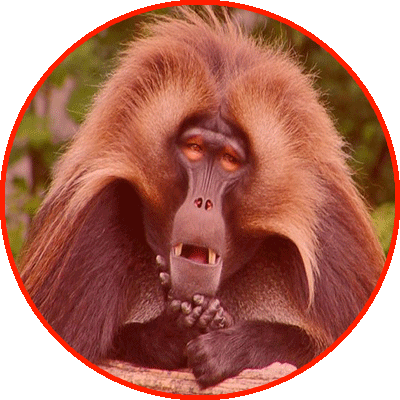
Contact-Us
Please send us your request through :
info@easygoethiopia.com
contact@easygoethiopia.com
Thank you
Ethiopia travel destinations and packages
Ethiopia’s attractions are numerous and diverse, and no single journey could enable one to cover them all.
Much of the fascination of this country lies in its myriad historical sites, the obelisks and stele of Axum, the numerous of rock Churches and monasteries in Tigray, Lake Tana isles and in Lalibela – the African Jerusalem with its monolithic Churches.

Your Easygo Ethiopia Experience
Are you initiated to take a tour that would allow you to spend some portion of your big life in a culture that can reward you with completing your memory and place in your life?
Sign up for the latest Easygo offers
Receive our special offers made and adapted for groups or tour operators, directly in your email.
Do you need quality reassurance from our clients?
Great, feel free to read from our testimonial wall
Testimonials
Happy customers
I am about to travel to Ethiopia again.
This time travelling south to Awassa, I beleive we are to travel the 275kms by raod and then stay 2 nights in the city, staying in the Pinna Hotel….
John G.Excellent organisation and top driver in a fantastic country
The tour organised what exactly as described. The driver and the 4×4 were of the highest standard. Cook was excellent. Ethiopia is a wonderful country and Horizon travel sould be your first choice among tour operators
Visité en janvier 2016.
“You have to see North and South”
It was an unforgettable journey, we have seen the interesting historical places in the North and the real, original life of Africa in the South when we visited the different tribes.
Joseph was an excellent driver, we felt save the whole time and appriciated his helpful assistance.
The itinerary was well balanced and we like to Thank Mr. Getachew and Joseph for the acceptance of the one or other “deviation” from the program to fulfill our wishes.
So we can recommend the company Horizon and in particular Driver Joseph.
I hired a 4wd for two weeks from Horizon in order to visit the Omo Valley. The vehicle was as described, in good condition with working ac. My driver (Joseph) was extremely hardworking and patient, despite putting him through some very long driving hours and uncomfortable conditions. He had an excellent knowledge of all the places I wanted to visit, spoke reasonable English and helped a lot with local translation and negotiation. The price was very competitive and the owner (Yenealem) included camping equipment with no extra charge. I would totally recommend this company for 4wd hire.
DominiosI am about to travel to Ethiopia again.
This time travelling south to Awassa, I beleive we are to travel the 275kms by raod and then stay 2 nights in the city, staying in the Pinna Hotel….
John G.Excellent organisation and top driver in a fantastic country
The tour organised what exactly as described. The driver and the 4×4 were of the highest standard. Cook was excellent. Ethiopia is a wonderful country and Horizon travel sould be your first choice among tour operators
Visité en janvier 2016.
“You have to see North and South”
It was an unforgettable journey, we have seen the interesting historical places in the North and the real, original life of Africa in the South when we visited the different tribes.
Joseph was an excellent driver, we felt save the whole time and appriciated his helpful assistance.
The itinerary was well balanced and we like to Thank Mr. Getachew and Joseph for the acceptance of the one or other “deviation” from the program to fulfill our wishes.
So we can recommend the company Horizon and in particular Driver Joseph.
I hired a 4wd for two weeks from Horizon in order to visit the Omo Valley. The vehicle was as described, in good condition with working ac. My driver (Joseph) was extremely hardworking and patient, despite putting him through some very long driving hours and uncomfortable conditions. He had an excellent knowledge of all the places I wanted to visit, spoke reasonable English and helped a lot with local translation and negotiation. The price was very competitive and the owner (Yenealem) included camping equipment with no extra charge. I would totally recommend this company for 4wd hire.
DominiosOUR GREAT PARTNERS
We build trust trough delivering great products
WE BUILD BRANDS AND BUSINESSES
SUCCESSFUL COLABORATIONS WITH PARTNERS
Our top-2016 Destinations
Each destination can be taken separately or in combination. Take a scheduled flight to a destination and visit the destination by road and fly back to Addis by a scheduled flight in the end
Omo Valley :
To visit the lower Omo Valley, all by road, you may take the road to Arba Minch in a relative relaxed pace by staying an overnight around Lake Langano or Hawassa and reaching Arba Minch the second day. From Arba Minch, you may visit a selection of tribes by road.
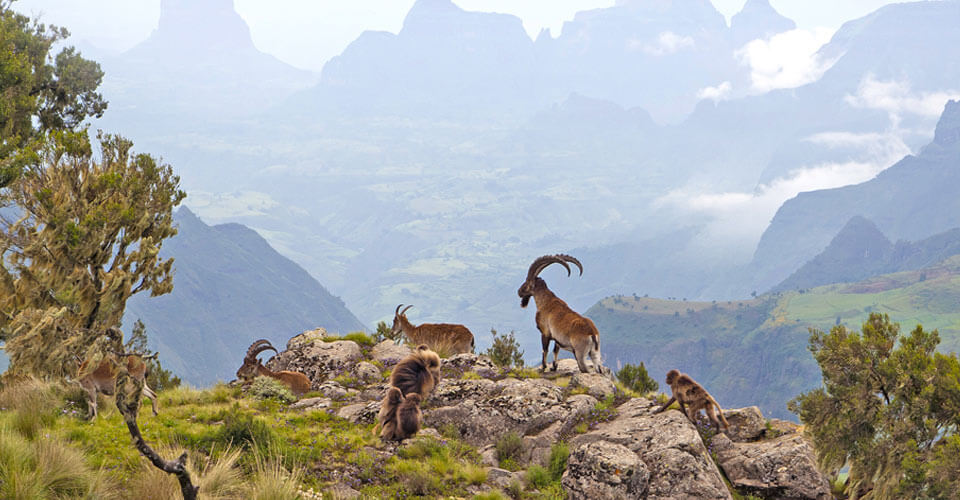
Simien Mountains
14 days’ itinerary
Trekking in the Simien Mountains will run with the company of experienced guides, rangers and cooking staff. Luggage and trekking logistics will be carried by pack animals. Tented camping will be organized in specified camping sites.
Historic Route :
There are four classic destinations along the “Historic North Route” that can be visited along with adjacent sites: BAHIR DAR, GONDAR, LALIBELA & AXUM
Each destination can be taken separately or in combination.
Harar & Dire Dawa :
Harar & Dire Dawa can be accessed from Addis either by road or by flight.
A daily scheduled return flight with the Ethiopian Airlines connects Addis Ababa with Dire Dawa. On land connection enables one to explore Harar & its vicinity in two days.
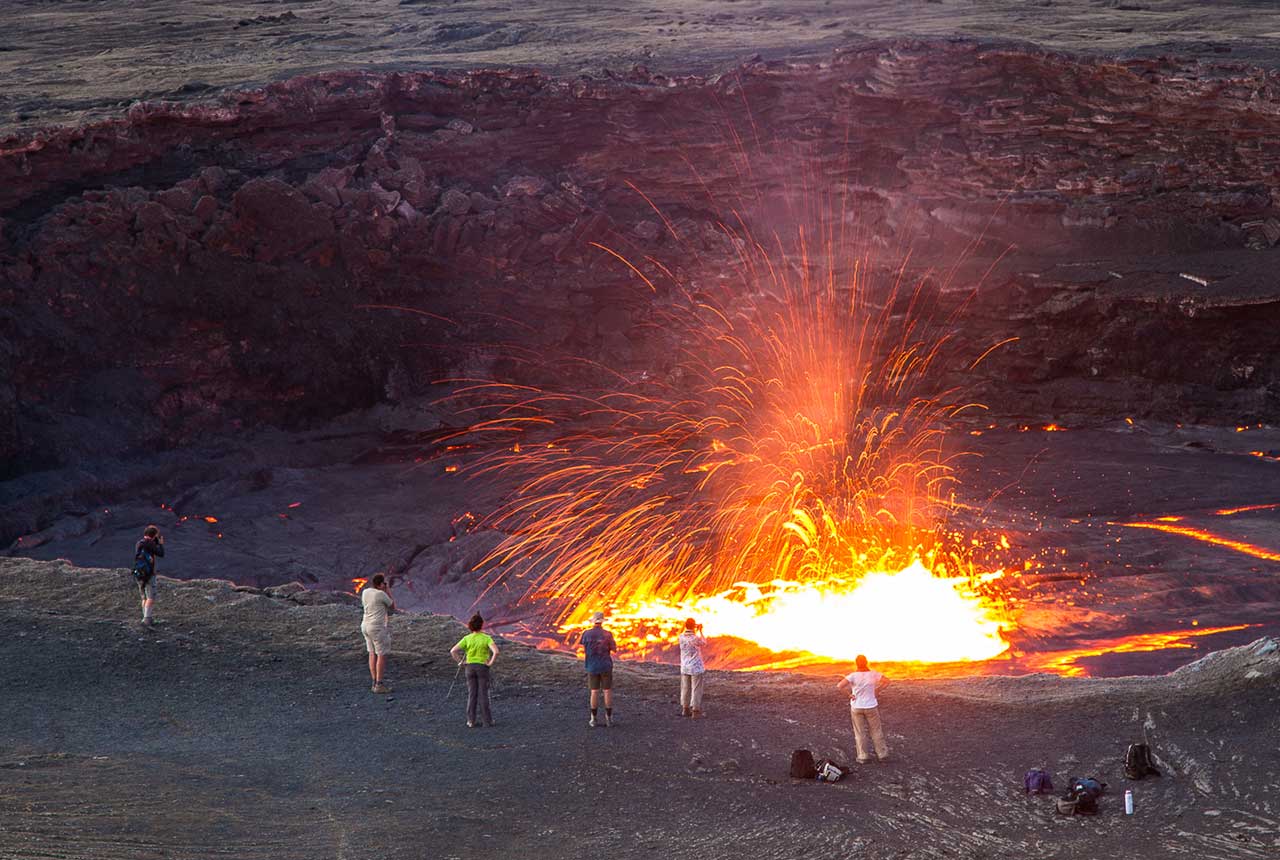
Erta Ale & Dallol
8 days’ itinerary
Either Dallol or Erta Ale is now easily accessible to be visited in just two days by air-road-air. Take an Ethiopian Airlines scheduled flight to Mekele and drive via Ab’ala/Sheket, picking up your permit as well as escorts, to Kirsawad. Pick up camels for logistics, drive to the foot of Erta Ale and ascend it around evening.
Bale Mountains :
Guided trekking in the Bale Mountains can be arranged focusing on tracing the endemic mammals – such as the Mountain Nyala & the Ethiopian Wolf; the endemic birds as well as the main habitats culminating at the world’s largest Afro-alpine moorland expanse, the Sanati Plateau.






